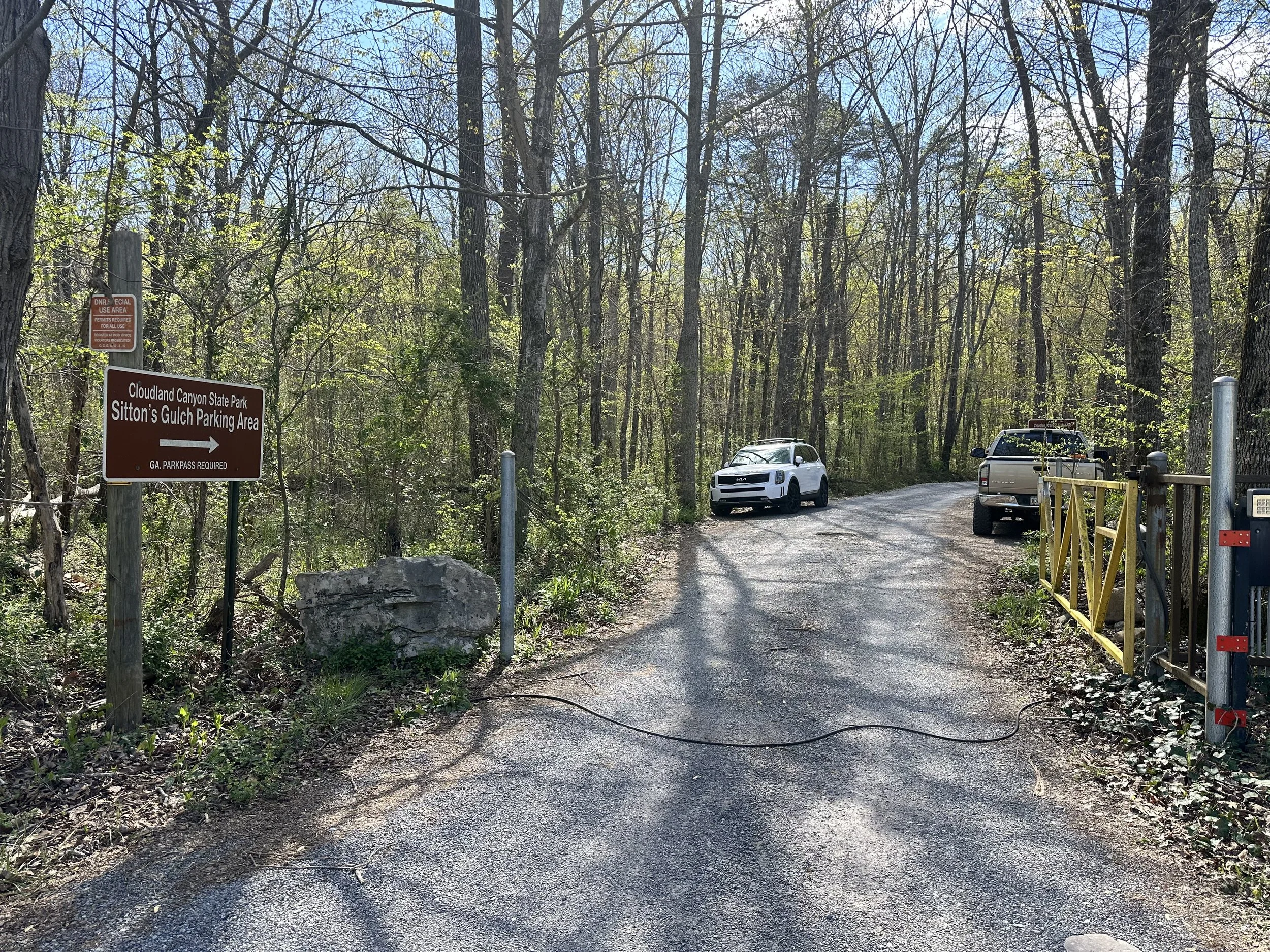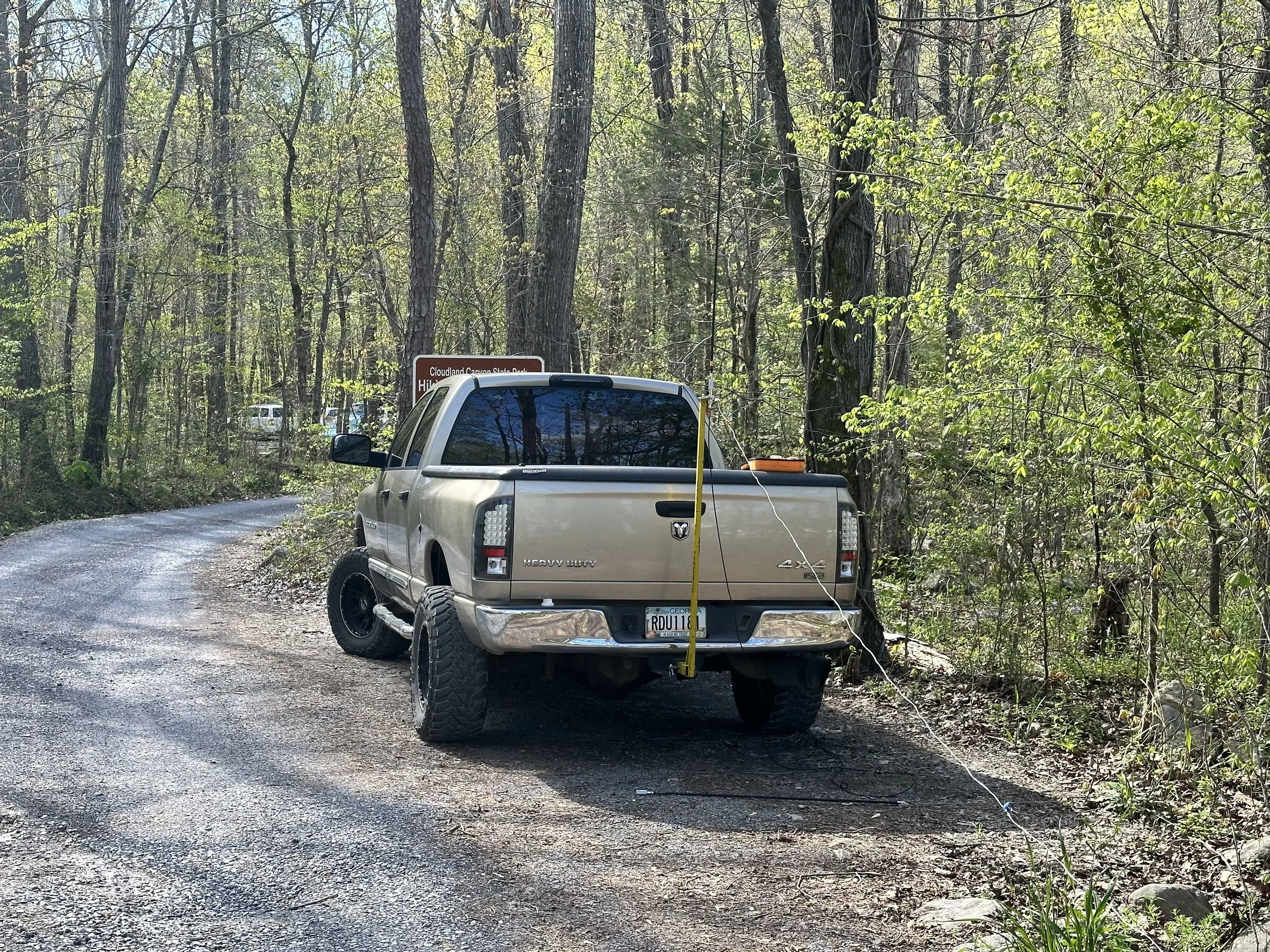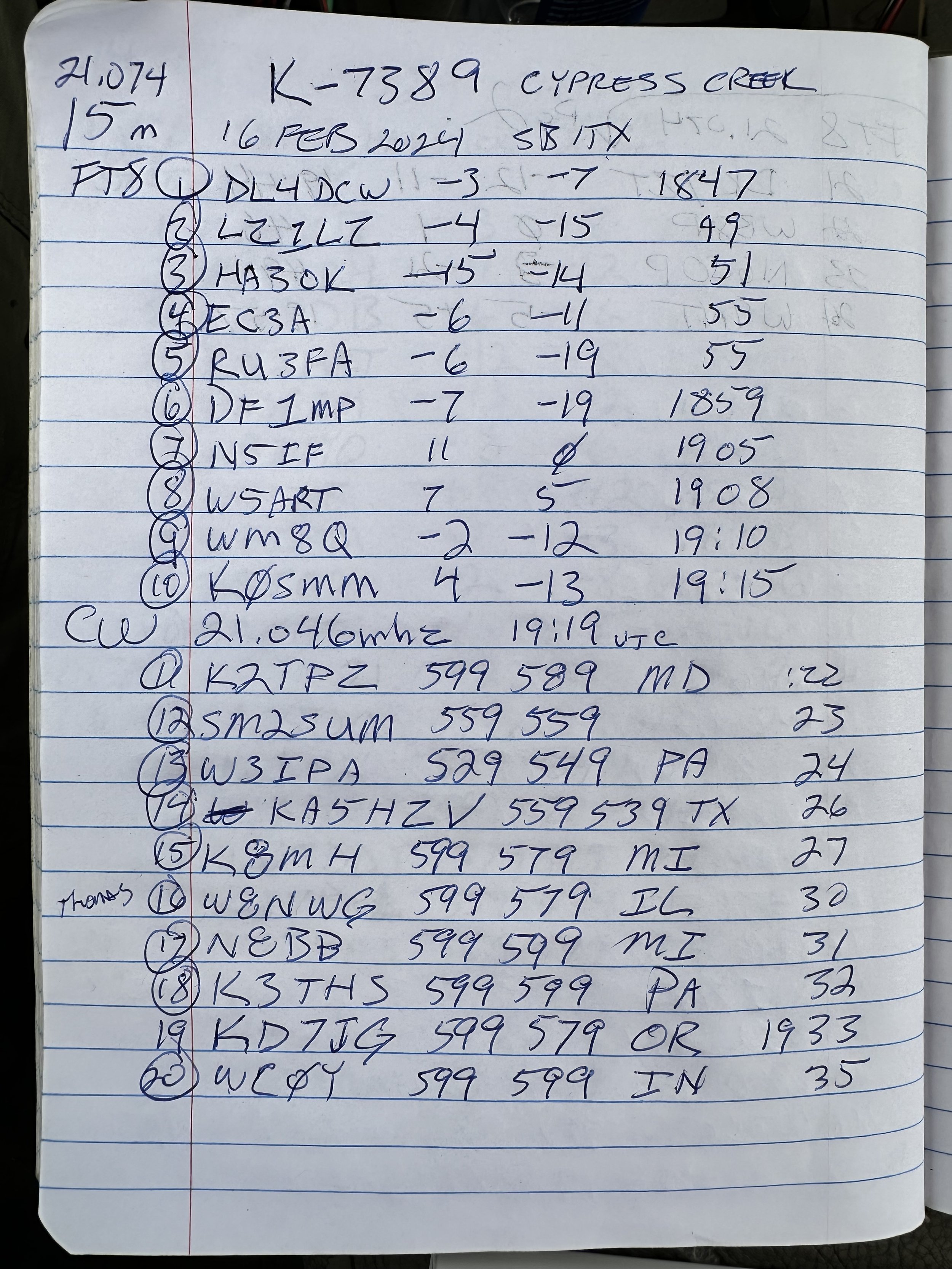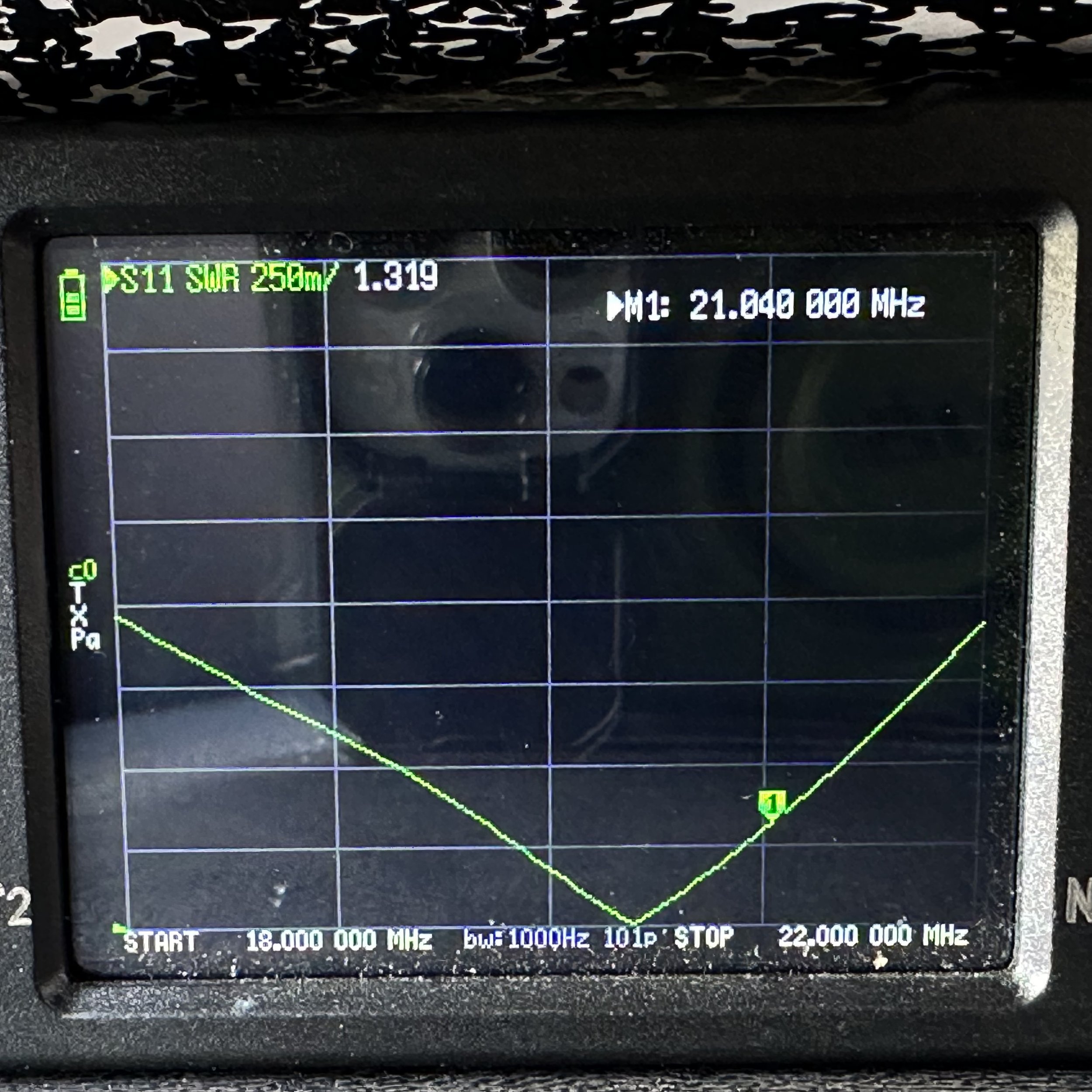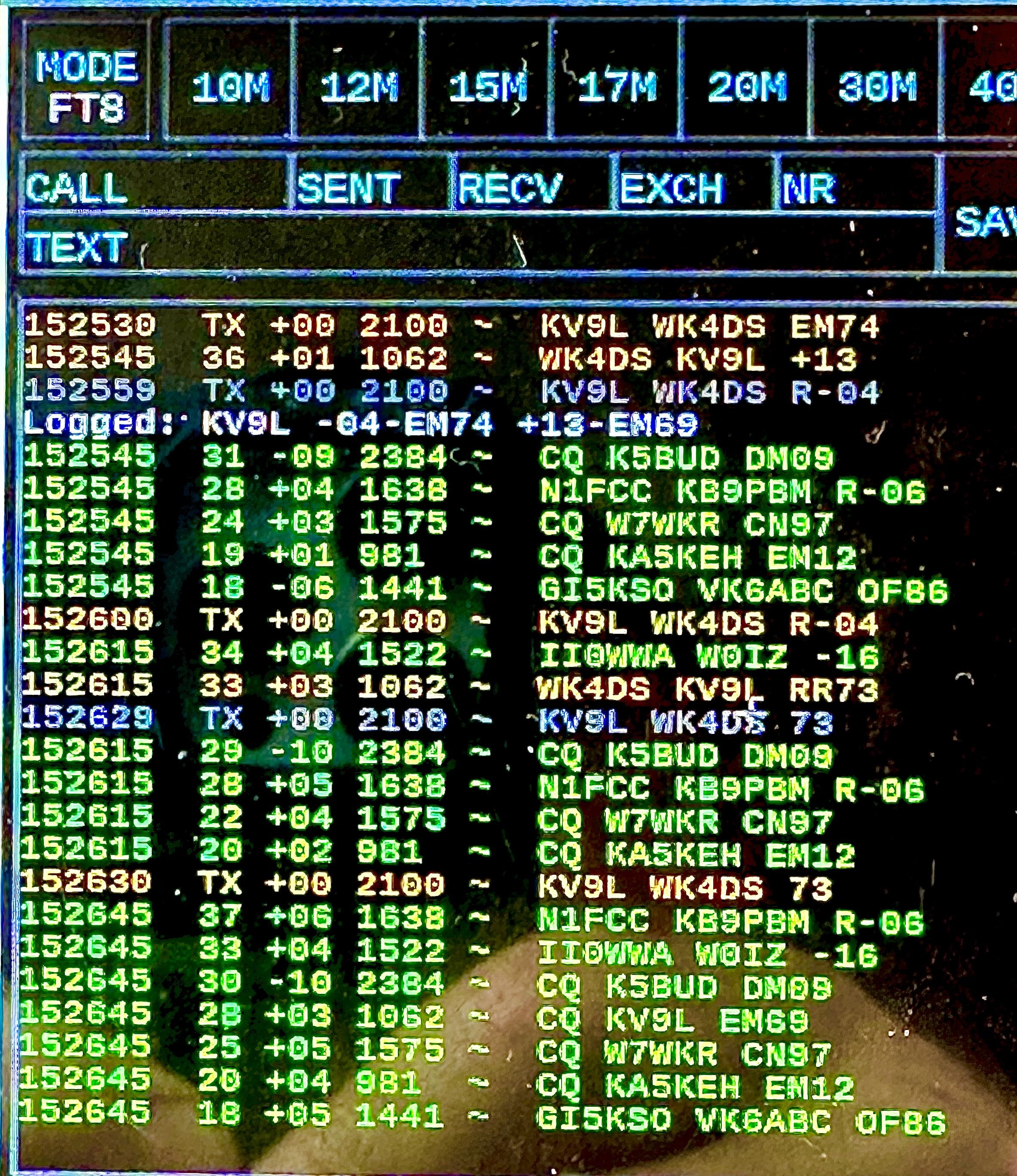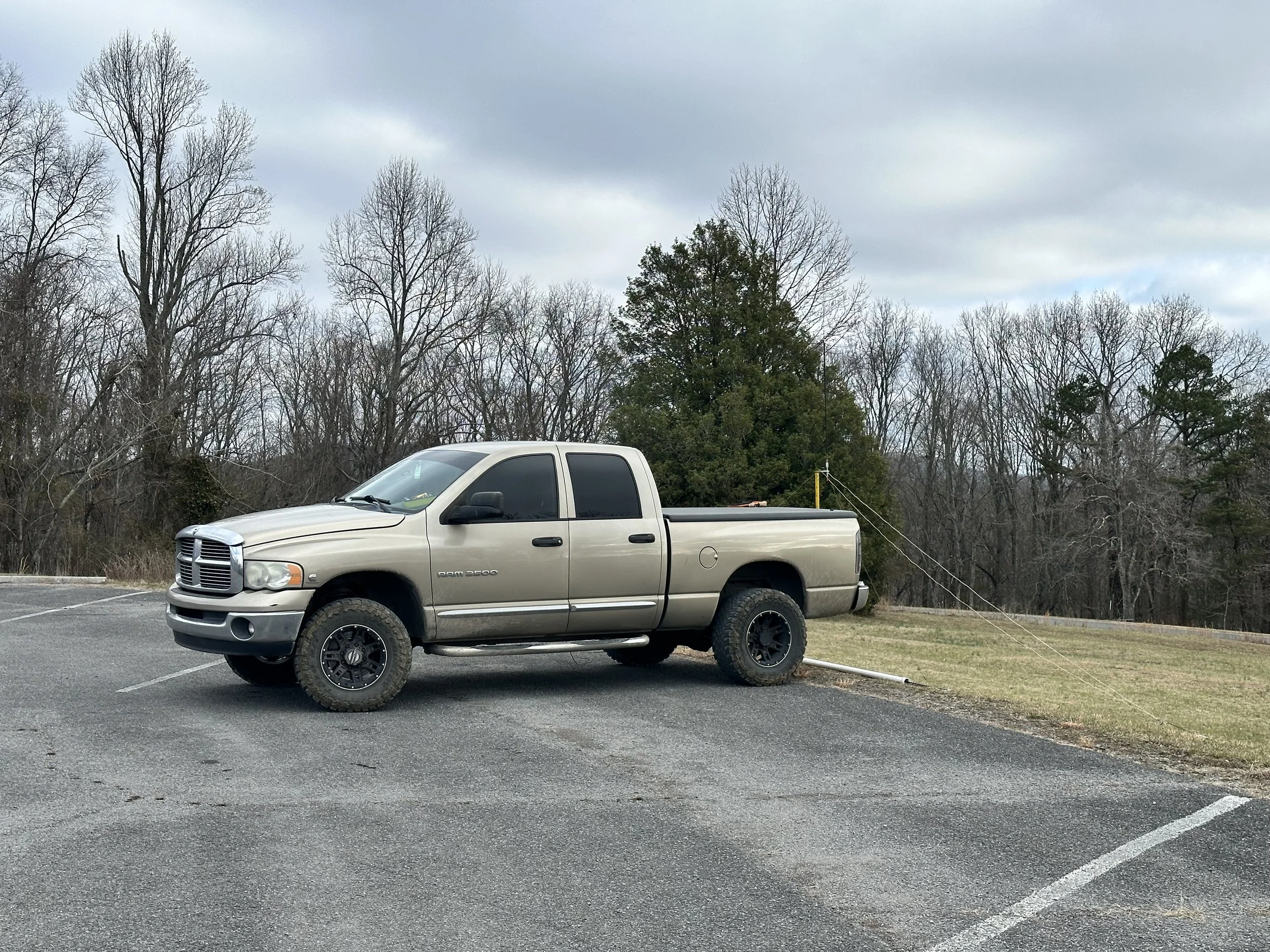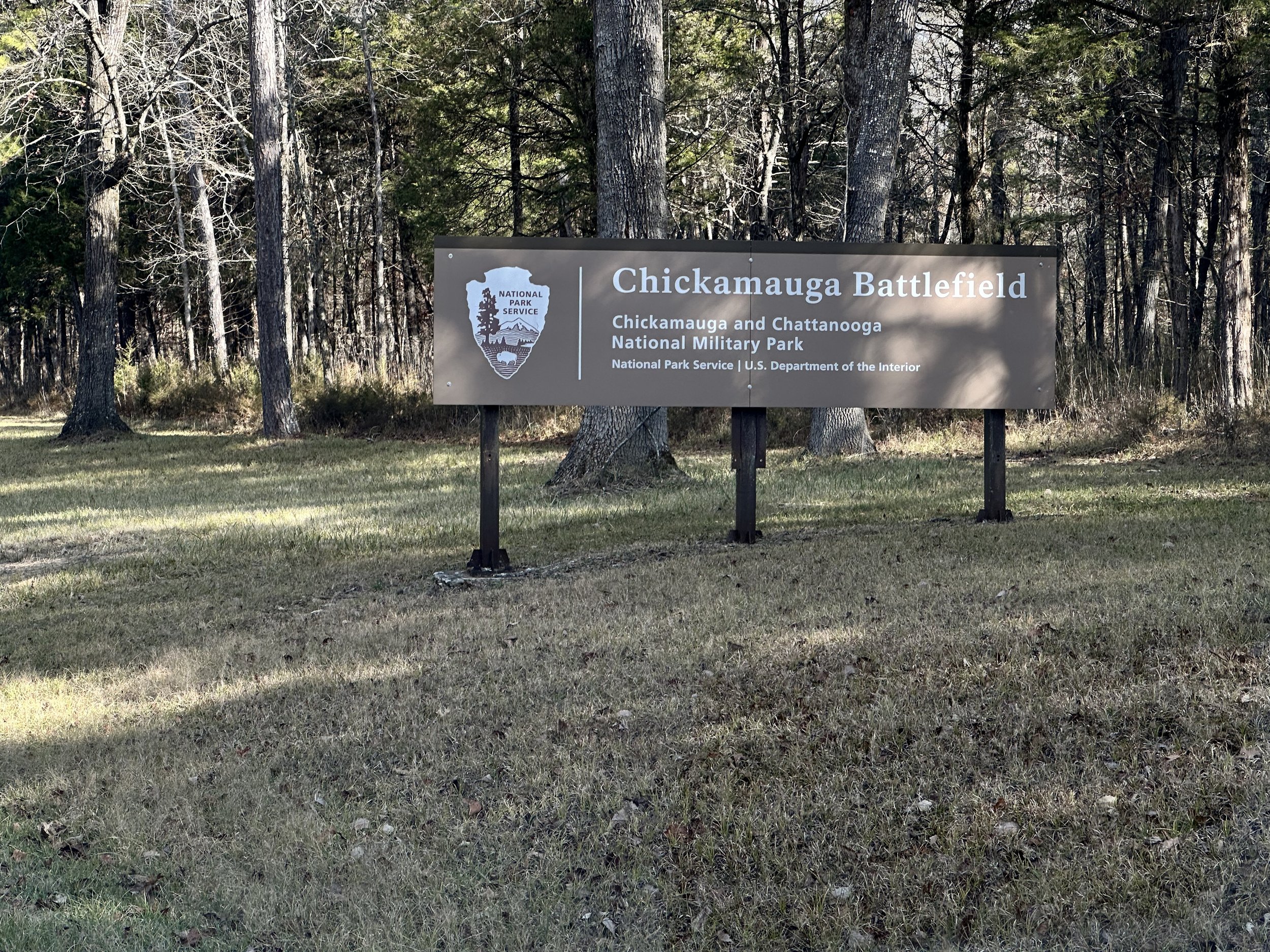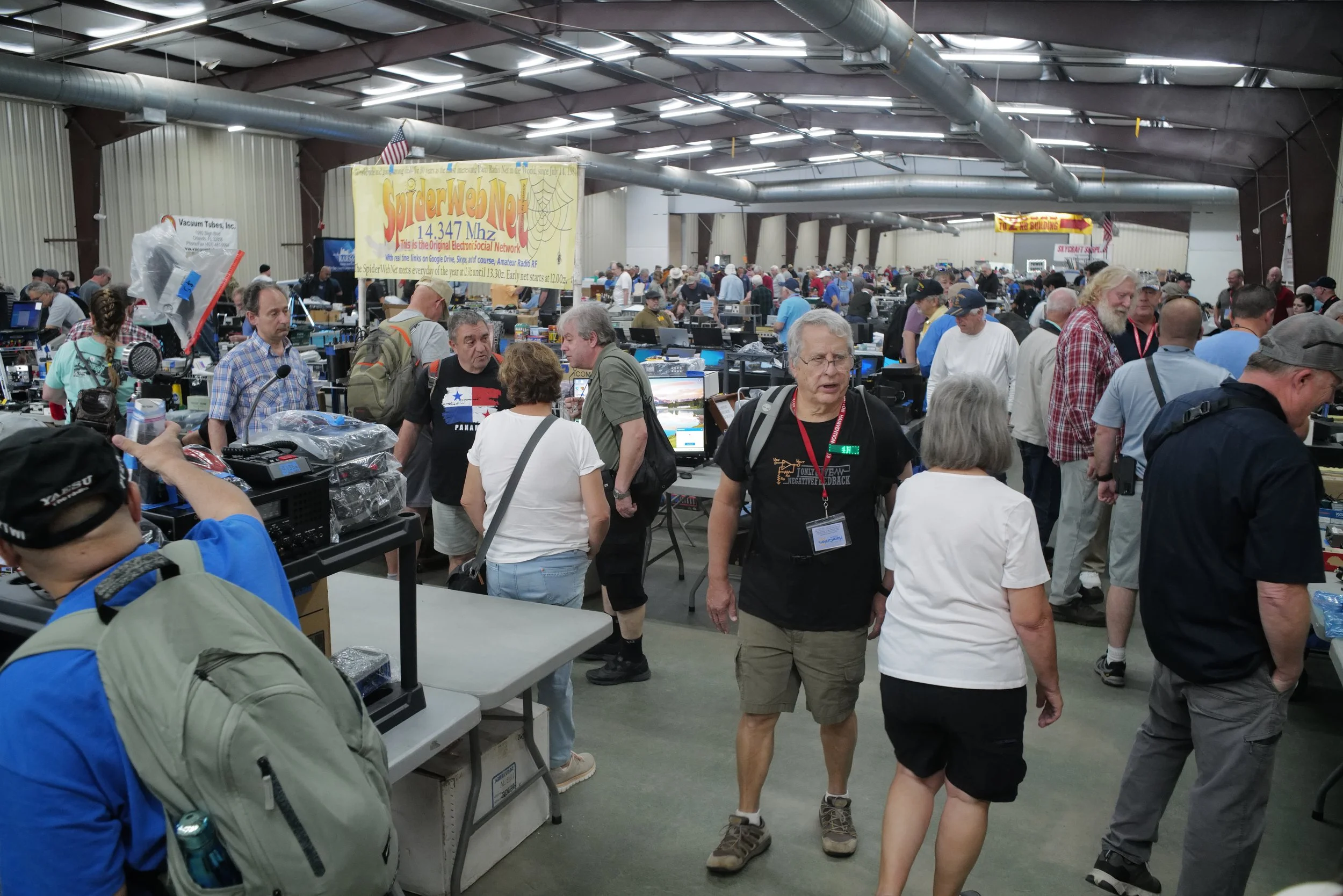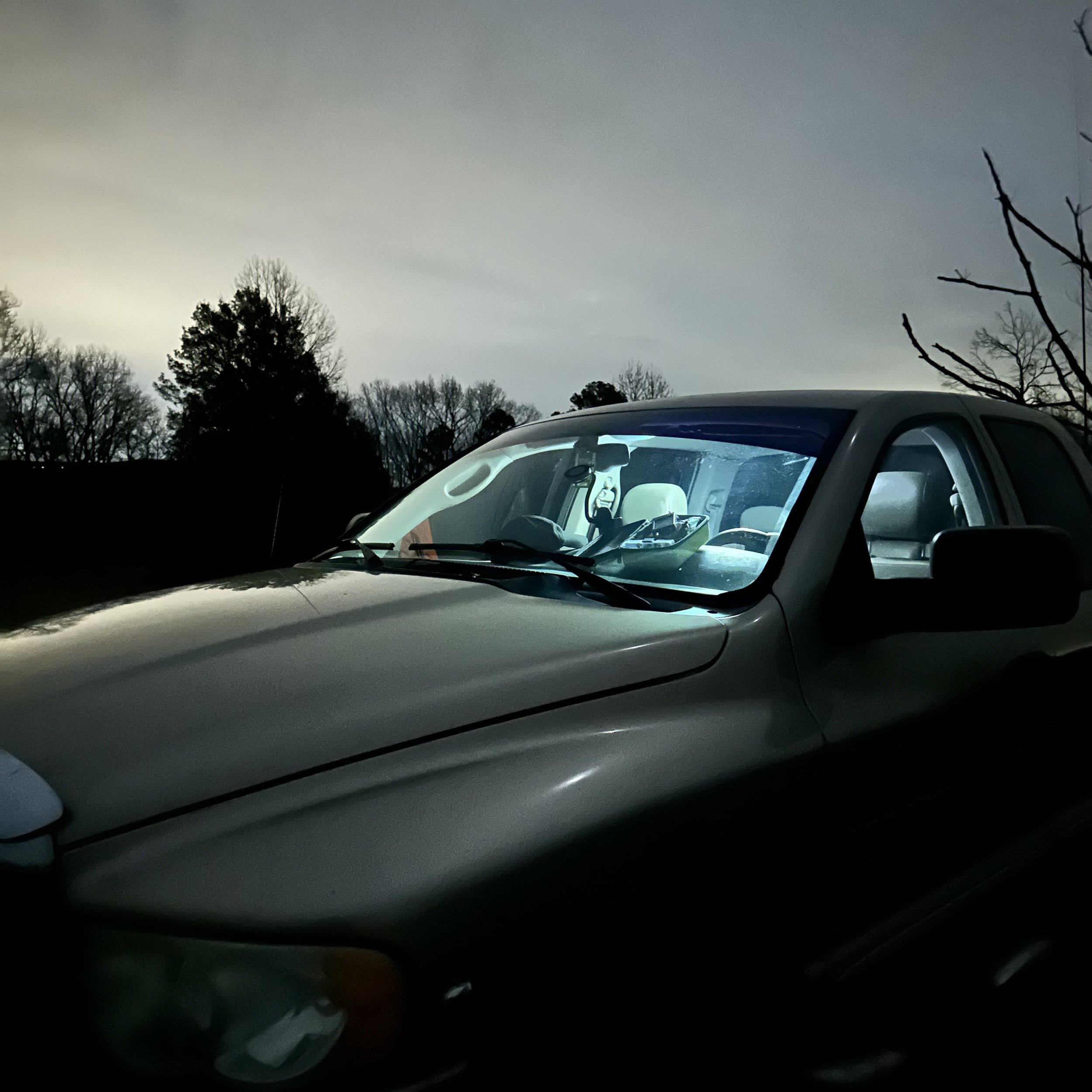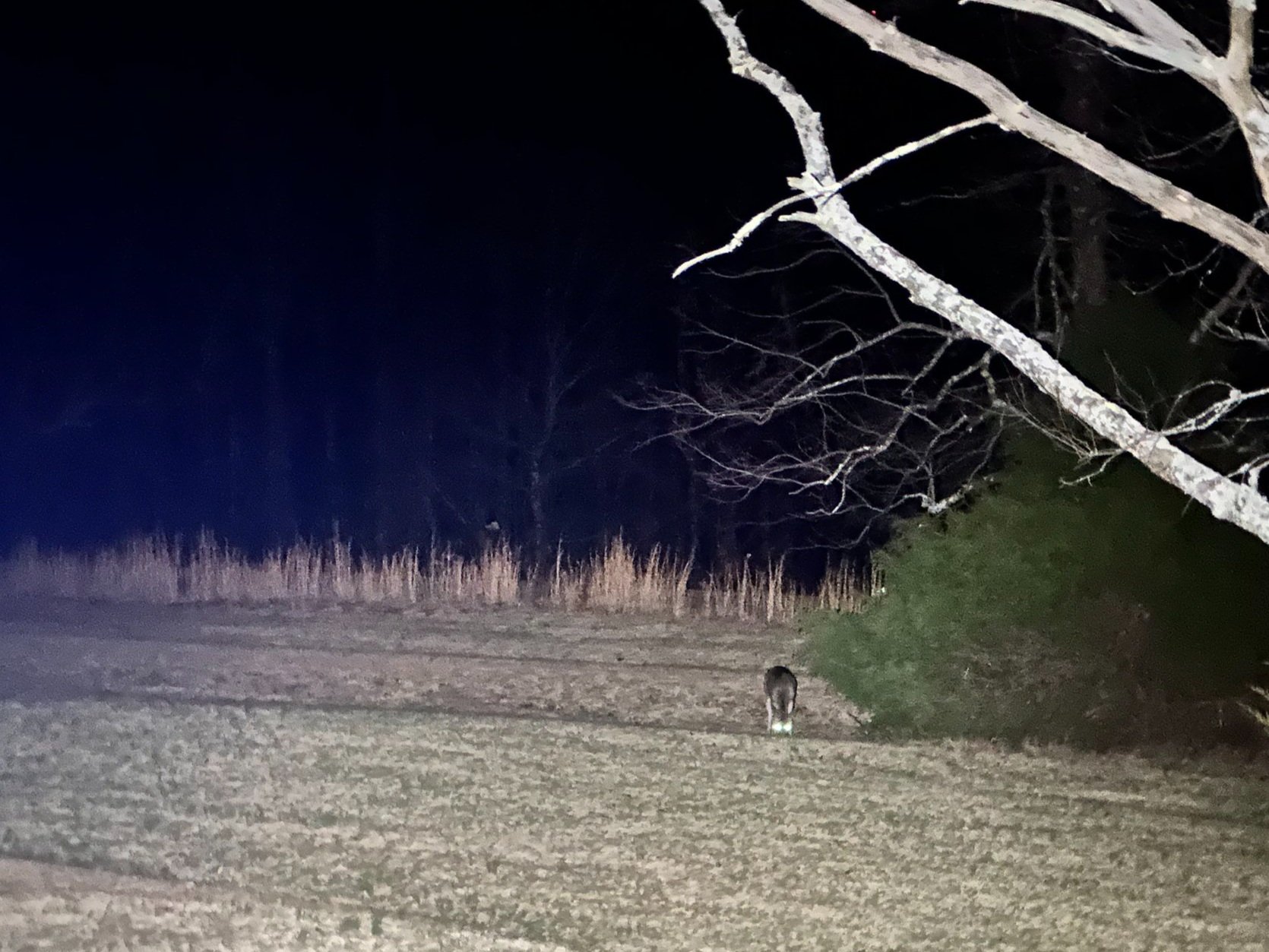Today I setup both the Ten Tec Argonaut V as well as the sBitx V3. This was because i was not sure if the sBitx V3 would hold up the entire time. You see, it has had an ailing 5 volt regulator for a while and I was planning on replacing it later today, but first… POTA!
So I go to US-2169 and setup in my usual spot and get out both radios so that I can work CW on the Ten Tec if the sBitx flakes out on me. It didn’t, but since I had already gotten it out, I used the Ten Tec Argonaut V anyway and worked what CW I could with it. You see, today was another day that I stayed above 20 meters the entire time. That was the plan from the outset and it was quite successful too. I love using 15 meters in particular since it goes over seas easily for me. I will usually work several DX stations if the band is open and today is no exception. I worked 5 DX stations over an 18 minute span of time, not bad for a 15 watt radio… I worked so much FT8 is short order that I almost didn’t need to setup the CW station at all, but I wanted to work some CW anyway so I just got on the air with it and this is how it went.
The operating position was a little crowded today but not too bad, I used the hard case for the Ten Tec Argonaut V as a table of sorts to sit the radios on so I was able to move them back and out of the way of my writing surface. This left plenty of room for the nanoVNA and my other small items I use when activating a park. I have gotten really comfortable with setting up like this, I can set this up in just minutes and it requires zero use of the park infrastructure (such as trees or picnic tables) over the parking space I would consume either way and some space for my radials.
So in a previous blog post I had mentioned that I was going to use the smith chart on the next outing to show how you get way more information about the antenna under test with it instead of the simple SWR graph and here it is. Contained below is the 15 meter plot from 20.5mhz to 21.5mhz and the marker is resting at the upper limit in the photo. The center line across the chart is purely resistive measurements, anything above this line is inductive and anything below this line is capacitive in nature. As you can see on the display, the line representing the span I am looking at, 20.5 to 21.5mhz, is all above the line showing that my antenna system is inductive in nature so it will have some inductive reactance to the signal. The very center of the chart where the smaller circle intersects the line is 50 ohms - resistive (right below the flag from my measurement). As you can seem the further you move away from this point, the further from 50 ohms you get.if it were to be something like 100 ohms, you would need a 4:1 transformer to correct the impedance mismatch, this is why antennas need transformers. The characteristic impedance of the antenna is not usually 50 ohms which is what the transmitter is designed to see.
In the second photo I have switched the chart over to a simple SWR plot versus frequency and you can see how it is easier to read for the lay-person. It does give you the data you need in the firld really quickly and make it easy to know if your antenna is short or long and if your radials are good to go and such. This is what i use most of the time in the field to just make sure the antenna is presenting a good load to the transmitter.
In the above photo I learned something strange about the sBitx today. The two clocks don’t have to be synchronized to work. FT8 is not time forgiving, your radio time marker has to be fairly accurate (within so many milliseconds or maybe a second or two max) or it wont make connection at all with the other stations. As you can see in the lower photo, FT8 worked perfectly and I made several contacts with this mode so the computer clock must not matter at all… I don’t know what is going on here but it works so I dont question it.
Today saw a bunch of DX early on which always makes my day. But all in all it was a great day for POTA and I was stoked to get 21 calls in the log. Until next time, dust off that key or microphone and see if you can get a park or two into the log.
David



































































